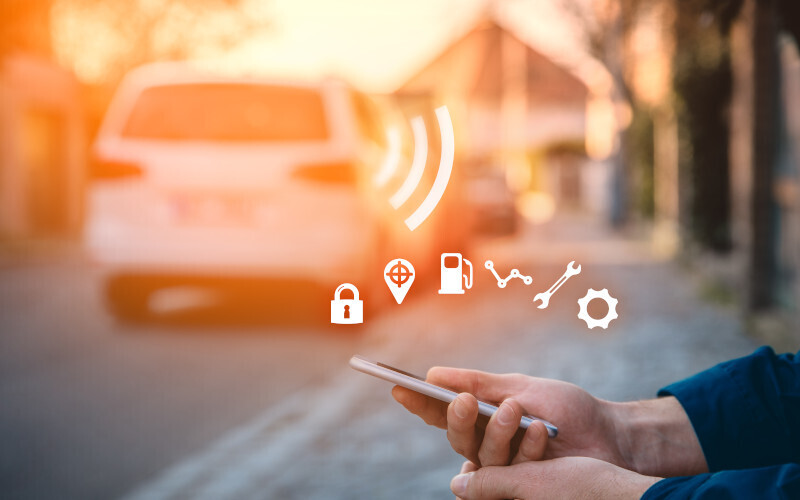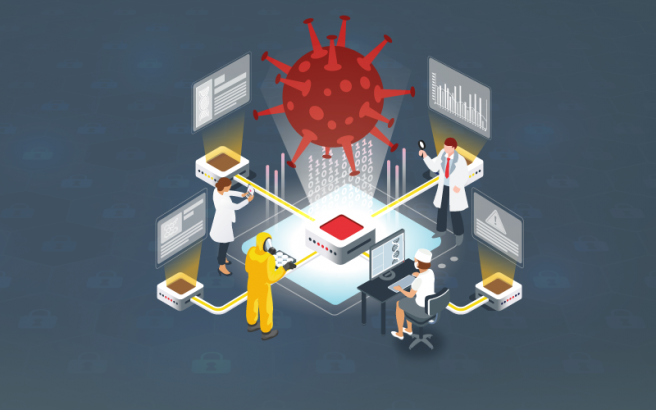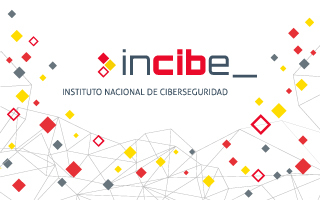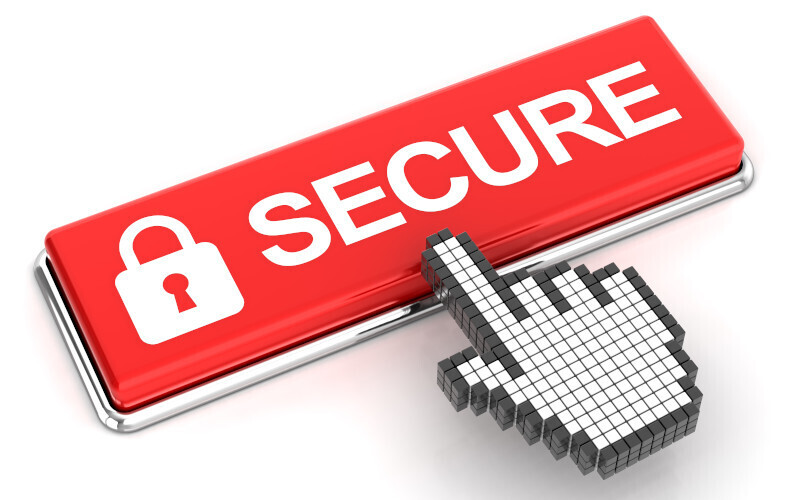
En este post se presentan algunas líneas de actuación que deben seguirse para hacer frente a un ciberataque DrDoS basado en el protocolo CharGEN, describiendo detalladamente las fases de prevención, identificación y respuesta a adoptar.

Space is an increasingly important element in the critical infrastructures of all countries. The possibility of losing or degrading space services can significantly affect both national security and all customers who have contracted services involving the use of satellites or any other space devices, resulting in major economic and security losses.
To protect it, the National Institute of Standards and Technology (NIST) has developed a cyber security framework for the commercial ground segment of the space sector, providing a means for stakeholders to assess their cyber security posture in terms of identification, protection, detection, response and recovery operations, thereby evaluating the level of risk to the satellite ground segment structure.

In the electricity sector, it has always been necessary to use robust communications that allow proper communication, since a failure in this sector would cause a large number of losses, both economic and social.
In addition, with the technological advances, it is important also to have secure communications since the electricity sector is one of the sectors that currently suffers the most cyber-attacks. For this reason, in recent years different robust and secure protocols have been created.
One of these protocols is DNP3, created mainly for the use of substation automation and control systems, for the electric utility industry, although it has now also been used for other sectors.
Finally, in this article we want to explain in more depth the operation of this protocol and the benefits or disadvantages of using this protocol.

CAPEC (Common Attack Pattern Enumeration and Classification) is a project that focuses on enumerating and classifying common attack patterns on computer systems and providing a systematic approach to understanding and addressing the tactics used by attackers. Like CWE (Common Weakness Enumeration), CAPEC is an initiative of the computer security community and is maintained by the National Institute of Standards and Technology (NIST) in the United States. Recently in version 3.9, the project has incorporated a number of attack patterns related to the industrial world.
This article aims to show the reader the use of these codes, such as those used at the identifier level in CVEs, CWEs, etc., and which are related to many of the jobs that are carried out on a daily basis in the industrial cybersecurity sector.

The automotive world has always been one of the most cutting-edge sectors in terms of the technology used, which is why today's cars are equipped with technologies such as Bluetooth, NFC, GPS, etc., which improve different aspects such as comfort, fuel efficiency and increased safety.
But these implemented technologies can also bring with them serious problems, such as the risk of cyber-attacks that can affect passengers in the vehicle, both at the level of personal data and physical security.
For this reason, this article aims to provide an insight into some of the cyber-attacks that smart cars have suffered and how cyber-security is evolving and adapting to make more and more vehicles cyber-safe.

Currently, industrial infrastructures are suffering more attacks than ever before, and it is expected that attacks on these types of infrastructures will continue to grow exponentially in the coming years. This is why, throughout this article, an analysis will be made of a group of cybercriminals and their standard attack, showing how information can be obtained on the modus operandi, when and by what tactics and techniques they managed to attack an industrial infrastructure

The industrial environment, especially the energy sector, is one of sectors that is suffering the most from cyber-attacks. This trend has been increasing in recent years, as this is one of the most information-sensitive sectors and can cause major problems, both economically and socially.
One of the best examples of malware attacks is BlackEnergy. This malware became known for being able to compromise several electricity distributors on 23 December 2015, causing households in the Ivano-Frankvisk region of Ukraine (a population of around 1.5 million) to be without electricity.
For this reason, due to seriousness of this type of cyberattacks, it is necessary to continue researching and investing in industrial cybersecurity, to reduce the damage caused by this type of cyber-attack in industrial environments.

Article summarizing the Industrial Control Systems (ICS) alerts published during the year 2023 on the INCIBE-CERT website, with emphasis on different indicators, such as criticality, type of attack, etc.
The motivation is to give the published notices an added value, in order to compile the information of the whole year as a logbook. In addition, this type of article was well received in previous years, showing in several talks the graphs of the article to argue the exponential growth of vulnerabilities in ICS.


Second part of the Top 20 mitigations for industrial environments. This part will focus on mitigations related to network architecture, industrial protocols, network configuration and vulnerability scanning.



